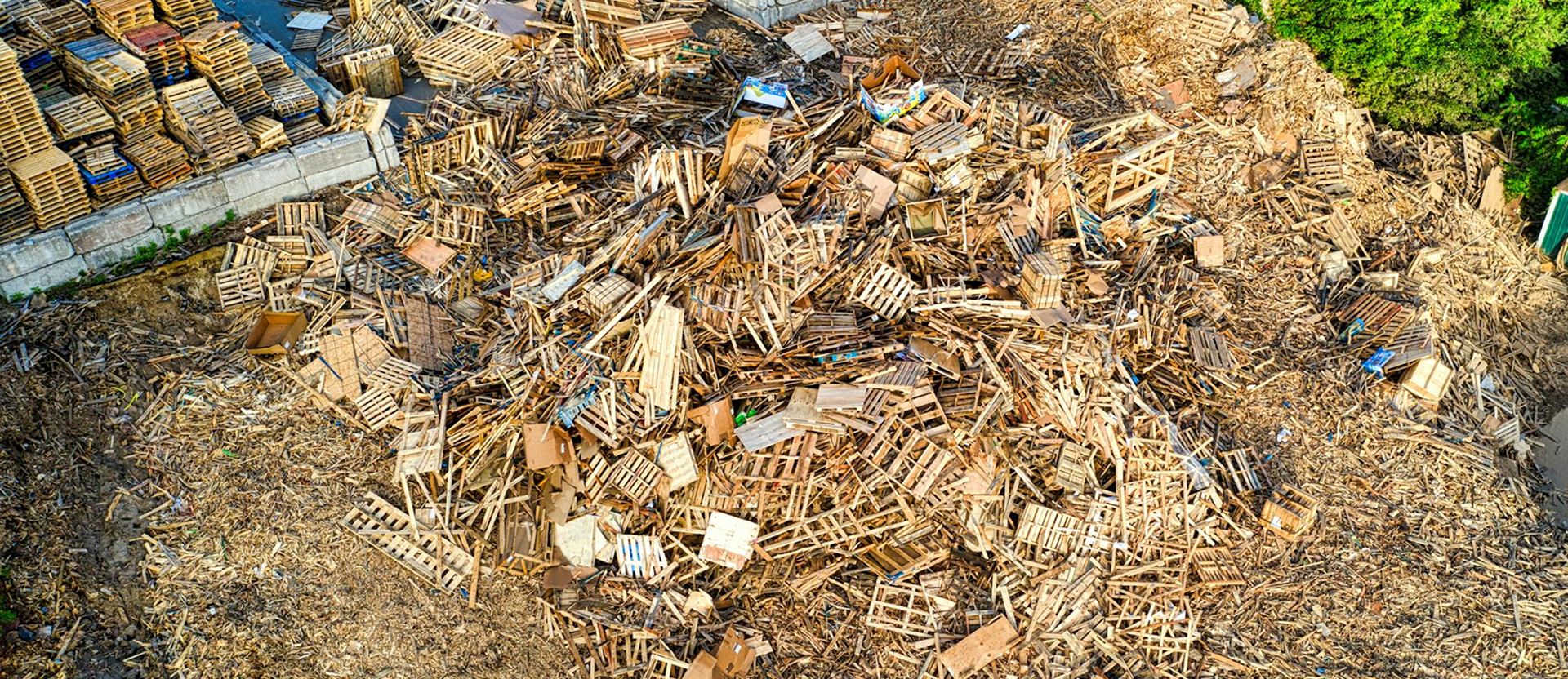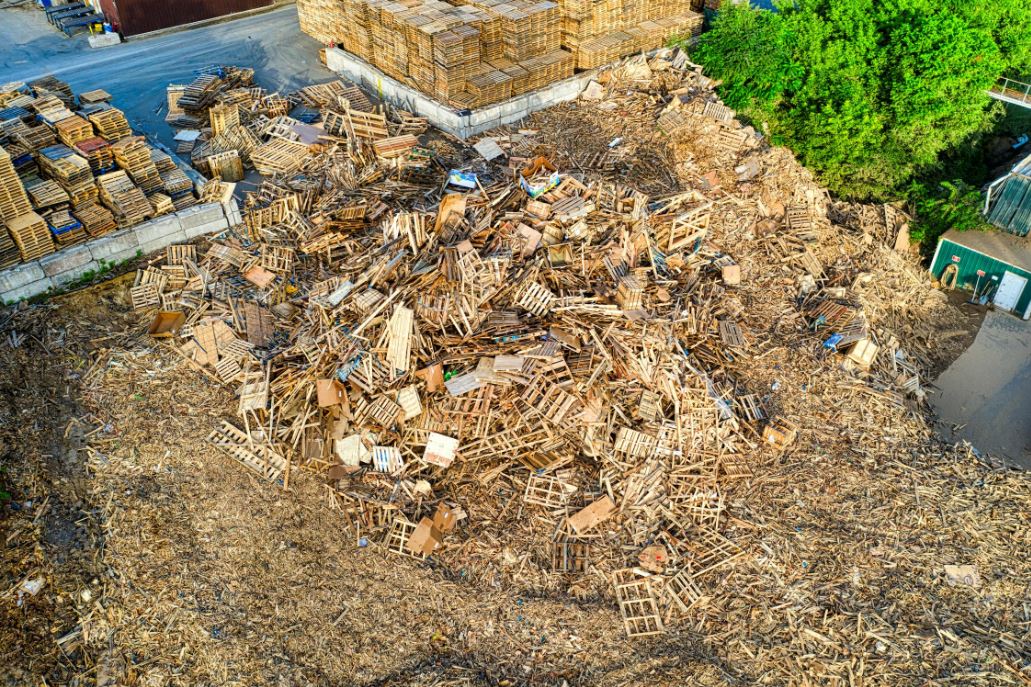In Germany, around 80 percent of waste wood is used in central waste wood power plants, mainly to generate electricity but also heat. The remaining 20 percent is recycled – mainly into particleboard.
Waste wood is thus a showcase example of maximum recycling and makes an enormous contribution to climate protection. After all, this type of sustainable raw material utilization saves around 66 million tons of CO2 in Germany (source: Altholzverband).
Another advantage: waste wood does not cost much. Its use as fuel in biomass cogeneration plants is therefore not only ecologically exemplary, but also economical.
What is behind the term waste wood?
A definition
Industrial waste wood and used wood are summarized under the collective term waste wood.
Industrial waste wood is wood residue that is produced during wood processing – for example, sawdust in a sawmill.
Used wood refers to used products made of solid wood, wood-based materials or composite materials with a predominant wood content – for example, used beams, floorboards or old fences.






